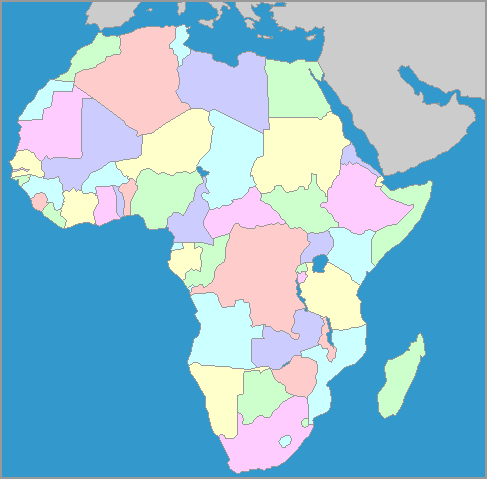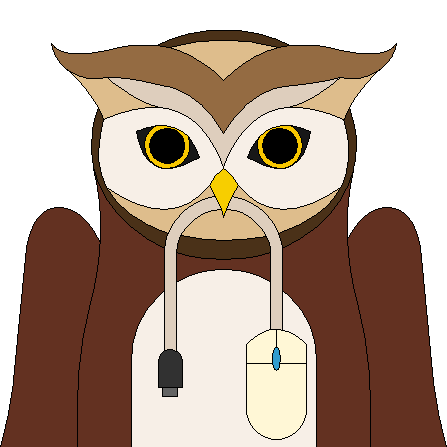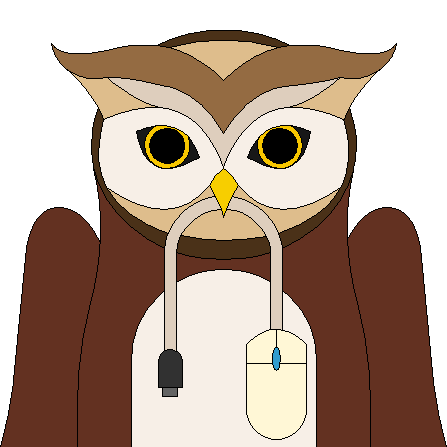
Africa
is the warmest continent. The equator runs through Africa about halfway between the northern-most and southern-most points. Over three-quarters of Africa is in the tropics; only the upper part of the Sahara, the Mediterranean area, and the southern tip of Africa, are outside of the tropics. Except for the peaks of high mountains, it never freezes in these tropical regions. Because of being in the tropics, the snow line is much higher up than it would be on a mountain of similar height in the temperate zone.Africa is divided by the Sahara Desert, which stretches west to east just below the top of the continent. While some nomadic peoples live in the desert, and others live in the occasional oasis within the Sahara, the desert is mostly a vast barrier of sand, inhospitable and forbidding. Any kind of communication across the Sahara used to be more difficult than communication around the Mediterranean. The climate north of the Sahara is also similar to the rest of the Mediterranean area. The peoples around the Mediterranean, therefore, are closer to the other cultures around it than to those south of the Sahara. The former are primarily Arabs, while the people south of the Sahara are primarily Khoisan, Bantu and other native Africans.
Below the Sahara is the area known as the Sahel, a high plateau of land that is mostly savanna, plains studded with occasional trees. This area is quite warm and has low to moderate rainfall. The Great Rift Valley runs north-south through the eastern part of Africa, and north of Africa into the Red Sea. This area is where the earliest fossils of early hominids have been found. Two volcanic peaks, Mount Kenya and Mount Kilimanjaro (the highest point in Africa) are found near the Lakes region. The volcanic ash makes for fertile soil, and the warm climate and plentiful rainfall mean that the growing season is limited only by legal holidays—food can be grown all year round. This area is densely populated, and has a high birth rate.
The beautiful tropical rainforest, where plant life is so lush that sunlight rarely reaches the ground, is found below the Sahel, in West Africa and into the central part of the continent. The rivers provided the only access to the interior of this part of the continent. When colonial powers arrived in Africa, they set up an "entrepot" where the river emerged into the ocean, and traded and stored goods there. Many of the countries on the West African coast (Togo, Benin, Cameroon) are shaped the way they are to contain a river and its mouth Tragically, a major part of the trade was in slaves.
The Nile river flows north through the Sahara on the eastern edge of Africa. The White Nile rises in the Great Lakes region of Africa, south of the Sahara Desert, and is joined by the Blue Nile in Sudan, near Khartoum. The Nile then flows north into the Mediterranean Sea.
Senegal and the Gambia:
Senegal and The Gambia agreed to merge in 1981 into Senegambia but the agreement was dissolved in 1989. The Gambia, the smallest country in Africa, is still almost a part of Senegal.Democratic Republic of the Congo:
The Democratic Republic of the Congo was formerly know as Zaire."Congo":
The Republic of the Congo is often referred to as "Congo (Brazzaville)".The Democratic Republic of the Congo is often referred to as "DRC" or "Congo (Kinshasa)".


